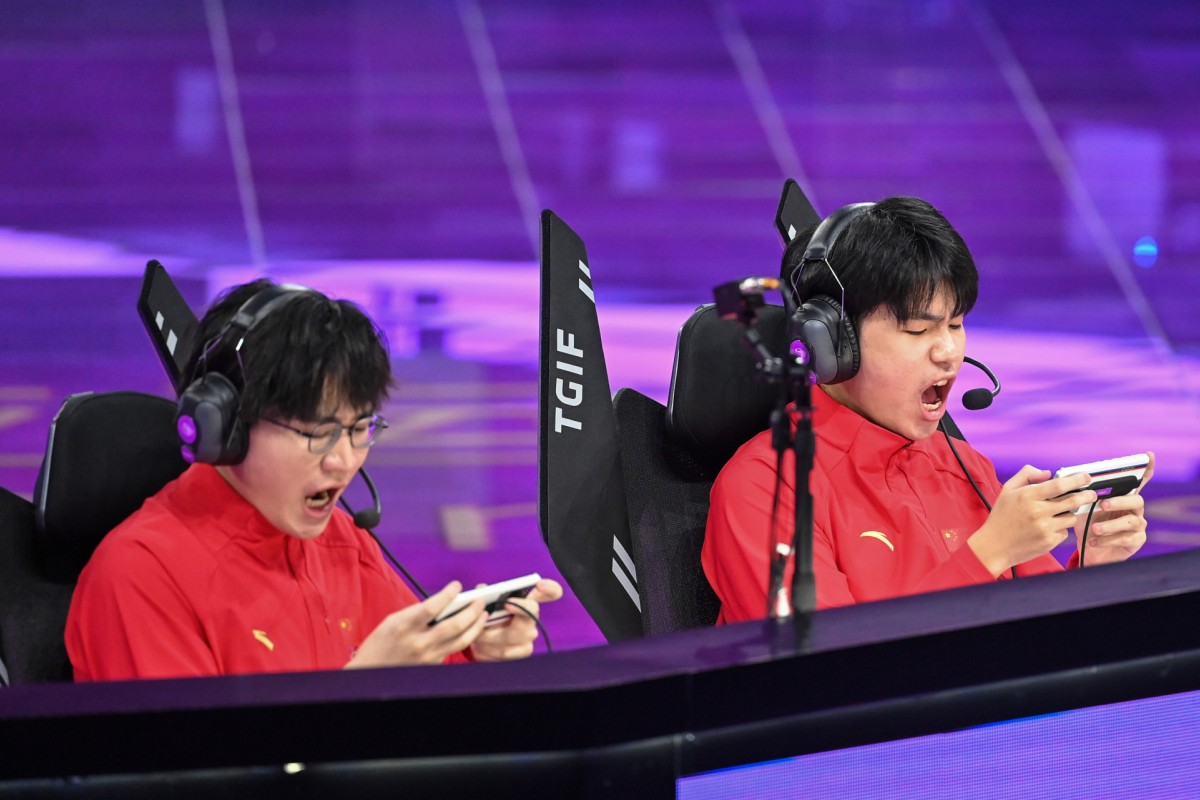The Greater Bay Area is arguably one of China’s top expat destinations these days, but in entrepreneur Laurent Le Pen’s case, it has become his permanent home of over 16 years. Today, the Frenchman runs Omate, a smart wearable company, and Oclean, a smart toothbrush brand.
Le Pen’s foray into the electronics industry began in France, where he designed mobile phones for a spin-off of Philips Mobile. Around two years into his job, the company offered Le Pen a life-changing opportunity to move to Shenzhen — right in the heart of the supply chain.
“I had to tell my, you know, friends and family [that] I was moving to a city near Hong Kong, because at that time, Shenzhen was not that popular, and not famous as it is today,” the exec said.

Le Pen was only 25 years old when he relocated in late 2007. Initial cultural challenges aside, the timing couldn’t be better. It was the year of Apple’s very first iPhone, so Le Pen was able to observe the supply chain’s rapid pace of technological development.
Fast forward to 2012, Le Pen’s team at smartphone manufacturer, Umeox, had a eureka moment. By connecting the iPod nano’s square-shaped touchscreens to their smartphone circuit boards, the engineers realized that they had all the necessary ingredients to build an Android 3G smartwatch. This marked the beginning of the Omate brand. In the following year, Le Pen took to crowdfunding platform Kickstarter to launch the Omate TrueSmart, and the campaign successfully raised 1 million USD from around 4,400 backers.
Samsung’s first smartwatch didn’t launch until October 2013, and the first Apple Watch arrived much later — in April 2015. Since then, Omate has pivoted to more focused segments — smartwatches for kids, seniors, and lone workers. “That’s what we do today: we design wearables for people who need protection,” the exec added. His company also created a “wearable-as-a-service” business catered to insurance, telecare, and security companies, which in turn provide Omate wearables and related services to clients.

Not one to rest on his laurels, Le Pen saw another opportunity in the wearables market: smart rings. In late 2023, Omate teamed up with Belgian brand Ice-Watch to launch the Ice Ring. This tiny 199 EUR device is capable of tracking heart rate, blood oxygen level, various workouts, and sleep quality. For Le Pen, entering this brand new category is very much like his smartwatch journey all over again, but he believes the smart ring has its merits.
“Many people cannot sleep with their watch [on], many people also don’t want to sleep with their smartwatch [on],” Le Pen explained. “So it’s an amazing device for sleep monitoring and for all your health, you know, biometrics tracking.”
Best of all, the Ice Ring is 100 EUR cheaper than the main competition, the Oura Ring. Not to mention that no subscription is necessary.
More recently, at BEYOND Expo 2024, Le Pen unveiled the Omate Crystal, which is basically a transparent version of the Ice Ring. This is all thanks to the new scratch-resistant sapphire casing — an impressive feat given the production complexity. Meanwhile, Samsung’s Galaxy Ring is still stuck in limbo.

In addition to Omate, Le Pen has also ventured into the oral care market by way of Oclean since late 2016. If you haven’t come across this smart toothbrush brand, there’s a small chance that you may have seen its sonic toothbrushes branded by Xiaomi. Regardless, the flagship models come with a small display to track your brushing progress — you can see which regions you may have missed. These toothbrushes also have a companion app for record keeping, tutorials, and personalization.
Le Pen owes his success to the nature of Shenzhen’s tech hub, where his suppliers are all no more than 100 km away. With a quick WeChat message, they can meet at his office within an hour to fix any production issue.
“The speed to design and speed to market, and from design to engineering, you can go much faster than anywhere else in the world,” Le Pen praised the city. “So for me, Shenzhen is really like the capital of the IoT [Internet of Things]. And, you know, in terms of design and engineering, it’s really the place to be.”

Naturally, Le Pen had to adapt to the way of life in Shenzhen, but even in the early days, his focus on business helped him fit in well. In fact, the entrepreneur assured us that he’s been able to replicate more of the French lifestyle by basing himself in Zhuhai — a city not far from Macau, Hong Kong, and Shenzhen — with his wife and two kids. Considering that Le Pen finally received his foreign permanent resident ID card last year, we’ll take his word for it.
“15 years ago, it was more of a challenge,” Le Pen admitted. “Shenzhen was still, you know, lacking many things. But today, it’s a very international city, so I can even find some French restaurants. And it’s also so close to Hong Kong.”
Le Pen’s journey from France to China serves as an inspiring example of how adaptability and being open-minded can lead to innovative breakthroughs. By leveraging the technological prowess of Shenzhen and pivoting to the right niche when needed, this Frenchman will likely continue to surprise the big players with his creations.
All images by Richard Lai unless otherwise noted.

















